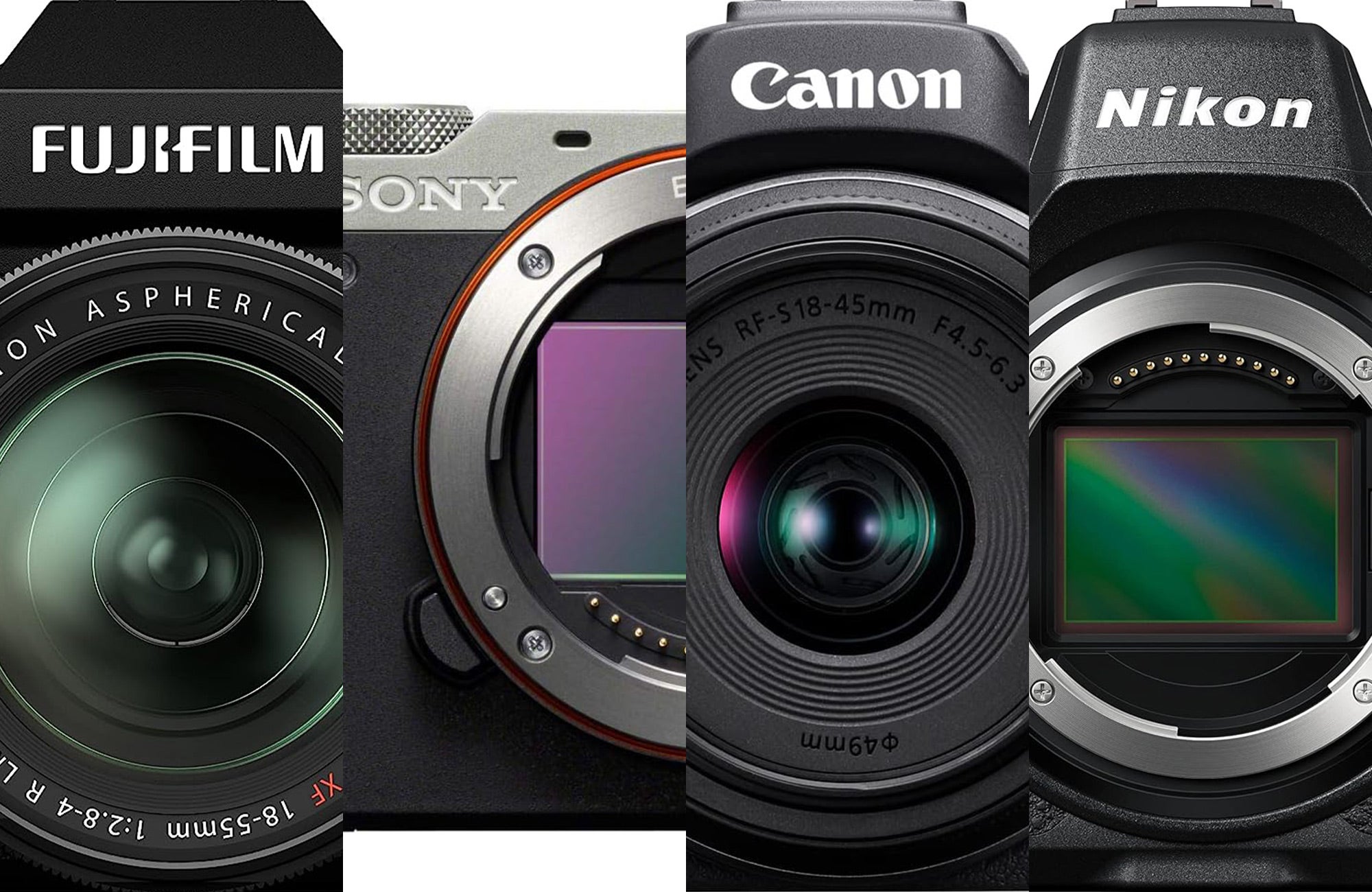
In the ever-evolving world of photography, selecting a DSLR (Digital Single-Lens Reflex) camera and a Mirrorless camera can be a crucial decision. Each type has its own distinct pros and cons, and selecting the ideal camera depends on your personal requirements and preferences. In this guide, we'll explore the principal differences between DSLR and Mirrorless cameras to help you make an educated decision.
The Basics: DSLR vs Mirrorless
At their core, both DSLR and Mirrorless cameras are designed to capture high-quality images with interchangeable lenses. However, the way they accomplish this aim is where the primary differences lie.
DSLR Cameras:
Optical Viewfinder: DSLRs have an optical viewfinder that uses a mirror to reflect the scene through the lens to your eye. This provides a direct, through-the-lens view of your subject.
Mirror Mechanism: The "reflex" in DSLR stands for the mirror mechanism that flips up when you take a photo, allowing light to reach the image sensor.
Size and Weight: DSLRs are generally bulkier and heavier than Mirrorless cameras due to their mirror and optical viewfinder.
Mirrorless Cameras:
Electronic Viewfinder (EVF) or LCD Screen: Mirrorless cameras don't have an optical viewfinder. Instead, they depend on an electronic viewfinder or an LCD screen that displays a digital representation of the scene directly from the image sensor.
No Mirror Mechanism: As the name suggests, Mirrorless cameras are devoid of the mirror mechanism found in DSLRs, making them more compact and lightweight.
Interchangeable Lenses: Like DSLRs, Mirrorless cameras enable you to switch lenses to suit your photography needs.
Image view more Quality:
Both DSLRs and Mirrorless cameras can deliver outstanding image quality. Factors like sensor size, resolution, and the quality of the lenses you use have a larger impact on image quality than more info the camera type itself. Full-frame Mirrorless cameras have become popular for their excellent image quality, competing with that of DSLRs.
Autofocus and Speed:
Mirrorless cameras have made significant strides in autofocus technology. Many Mirrorless cameras now boast fast and accurate on-sensor phase-detection autofocus, making them on par with DSLRs in terms of speed and accuracy.
Size and Portability:
One of the key advantages of Mirrorless cameras is their compact and lightweight design. If you appreciate portability and want a camera that's easier to carry around, a Mirrorless camera may be the right choice.
Battery Life:
DSLRs typically have superior battery life compared to Mirrorless cameras, thanks to the power-efficient optical viewfinder. However, some Mirrorless models offer good get more info battery life as well, and battery performance varies between brands and models.
Video Capabilities:
Mirrorless cameras often excel in video recording thanks to their electronic viewfinders and on-sensor autofocus. Many Mirrorless cameras offer 4K video recording, making them preferred choices for videographers.
Lens Compatibility:
Both DSLRs and Mirrorless cameras have a wide range of compatible lenses, but Mirrorless systems may require adapters for using DSLR lenses, whereas DSLRs can often use Mirrorless lenses with restrictions.
Final Thoughts:
Choosing between a DSLR and a Mirrorless camera eventually comes down to your individual preferences and priorities. Consider factors like size, weight, image quality, autofocus capabilities, and the type of photography you plan to pursue. Be sure to test different models, read reviews, and obtain advice from experienced photographers. Whether you opt for a DSLR or a Mirrorless camera, both can offer exceptional results in the right hands. Happy shooting!